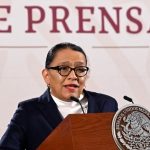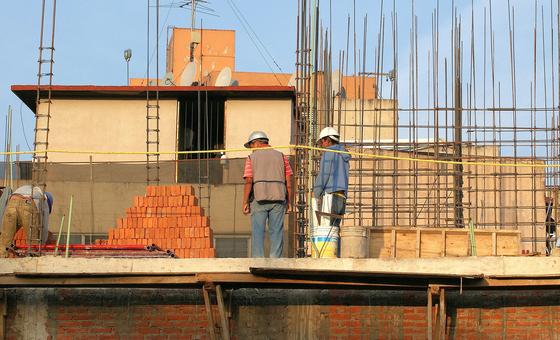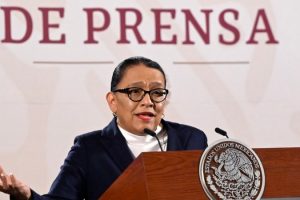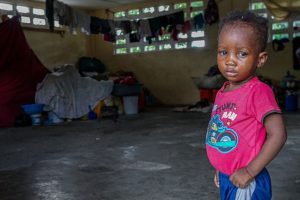The unemployment rate fell in 2022 to 7.2% in Latin America and the Caribbean, after reaching 8% in 2019, the year before the COVID-19 pandemic. However, the regional labor market in 2023 will be complex and uncertain, according to the most recent study by the International Labor Organization (ILO), disclosed this Tuesday.
He Labor Overview of the ILO highlighted that despite the decrease in unemployment, the low quality of jobs persists and inflation greatly affects wages.
The report attributes the situation to the series of crises that directly impact labor markets and that makes it necessary to implement policies for the creation of formal employment. Among those crises, he mentions the persistence of the pandemic and the war between Russia and Ukraineas well as expected low economic growth, the fallout from high inflation, limited fiscal space, and high levels of indebtedness.
sustain wages
Introducing the agency’s annual document, the ILO’s interim regional director, Claudia Coenjaerts, urged the development of policies to sustain wages.
According to Coenjaerts, the drop in unemployment “is positive news, especially after the large-scale crisis that caused the pandemic”, however, warned that this progress could stall given that the low dynamism of the economy in 2023 “will negatively affect the generation of new jobs causing unemployment to register variations throughout the year” and could reach 7.5%.
The ILO explained that employment recovery was higher for women and young people since both groups had been the hardest hit by the crisis derived from the pandemic. He clarified, however, that the structural gaps by gender and age remain in the labor markets.
For the UN agency, The most urgent labor problem in the region is the quality of employmentas well as the insufficient labor income of workers and their families.
Informality
The report pointed out that the labor recovery has been driven by the increase in informal jobs, which accounted for between 40% and 80% of the jobs created. The regional informality rate reached 50%, the level prior to the pandemic, although in some countries it is much higher.
“The truth is that one in two people work informallywhich is usually accompanied by job instability, low income, and no social protection,” Coenjaerts stressed.
Informal workers have three to four times more likely to be poor than formal ones, and constitute up to 90% of total working poverty.
employed but poor
For its part, inflation has caused a notable loss of purchasing power of average and minimum wages, which in some countries has a real value lower than the pre-pandemic one, which explains why, even if they have a formal job, many people are in a situation of poverty. In the region, labor income represents 80% of family income.
The Organization insisted that in order to face this scenario, it is essential to support policies and creation of more and better jobs, especially formal ones.
Likewise, he stated that policies are needed to offer income guarantees to those most affected by the loss of purchasing power, if possible in connection with active policies to access the labor market.
He also ruled for negotiation mechanisms wage and for the strengthening of labor institutions.












